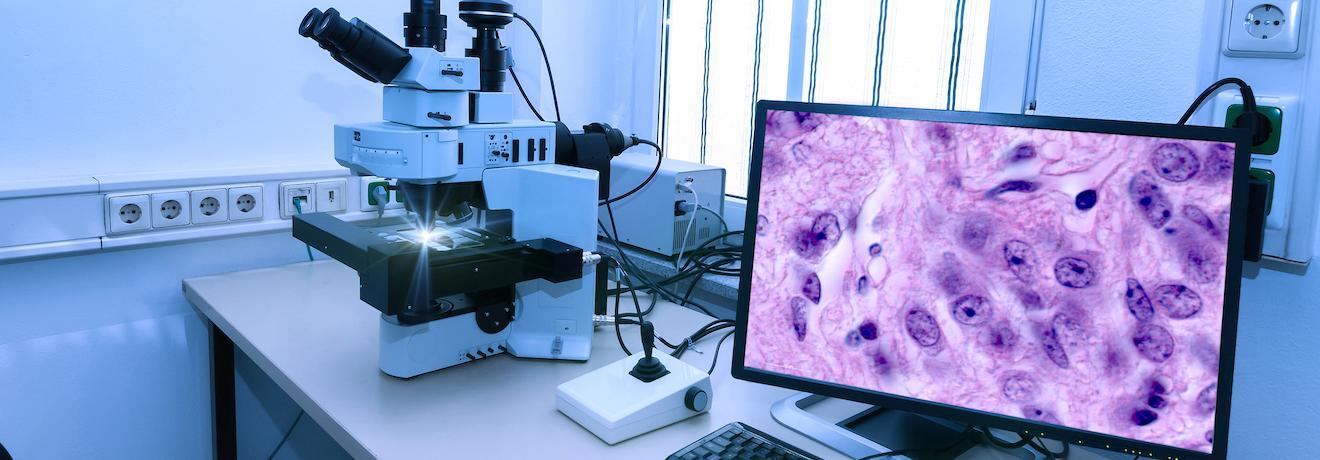Endocrine Disruptors (ED)
A major current challenge to the chemical industry has been the introduction of new legislation concerning evaluation of chemical substances for their potential to impact on the hormone systems of humans and animals. Endocrine disrupting proprieties now form a significant part of chemical regulation.
The European Food Safety Authority (EFSA) and the European Chemicals Agency (ECHA) have developed a guidance document for the implementation of the scientific criteria for the determination of endocrine disrupting properties pursuant to the Biocidal Products Regulation (EU) No 528/2012 and the Plant Protection Products Regulation (EC) No 1107/2009. For industrial chemicals under REACH (and UK REACH) a slightly different approach is in place in that authorities will specifically request an evaluation of a chemical substance’s potential to be considered an endocrine disruptor.
An endocrine disrupting substance has been defined many times over the past few decades, but the key text that now forms part of the EFSA/ECHA Guidance document that defines when a substance shall be considered as having endocrine disrupting properties if it meets all of the following criteria:
- it shows an adverse effect in [an intact organism or its progeny]/[non-target organisms], which is a change in the morphology, physiology, growth, development, reproduction or life span of an organism, system or (sub)population5 that results in an impairment of functional capacity, an impairment of the capacity to compensate for additional stress or an increase in susceptibility to other influences;
- it has an endocrine mode of action, i.e. it alters the function(s) of the endocrine system;
- the adverse effect is a consequence of the endocrine mode of action.
Guided by regulatory experts, we can conduct in silico profiling assessments, literature searches, existing data evaluations, data gap analyses, and consider weight-of-evidence argumentation, leading to the initial assessment of potential endocrine disruption properties. Following desk-based assessments, Blue Frog Scientific can advise on appropriate testing strategies and has extensive experience in the selection of Contract Research Organisations (CRO) and subsequent study monitoring, with many of the team coming from a CRO where the studies were performed. Some of the team members were actively involved in establishing the various OECD guidelines available for endocrine disrupting properties assessments.
We have monitored relevant laboratory studies and conducted endocrine disruption assessments for industrial chemicals, plant protection products and biocides active substances and product ingredients.
Where our Client’s receive a Substance Evaluation under REACH, we have an excellent track record of ensuring that the requests from ECHA are proportional and in accordance with the requirements laid down in the relevant EFSA/ECHA Guidance. This is achieved through a measured response to draft Evaluation Decisions issued by ECHA for substances suspected of exhibiting endocrine disrupting properties.

